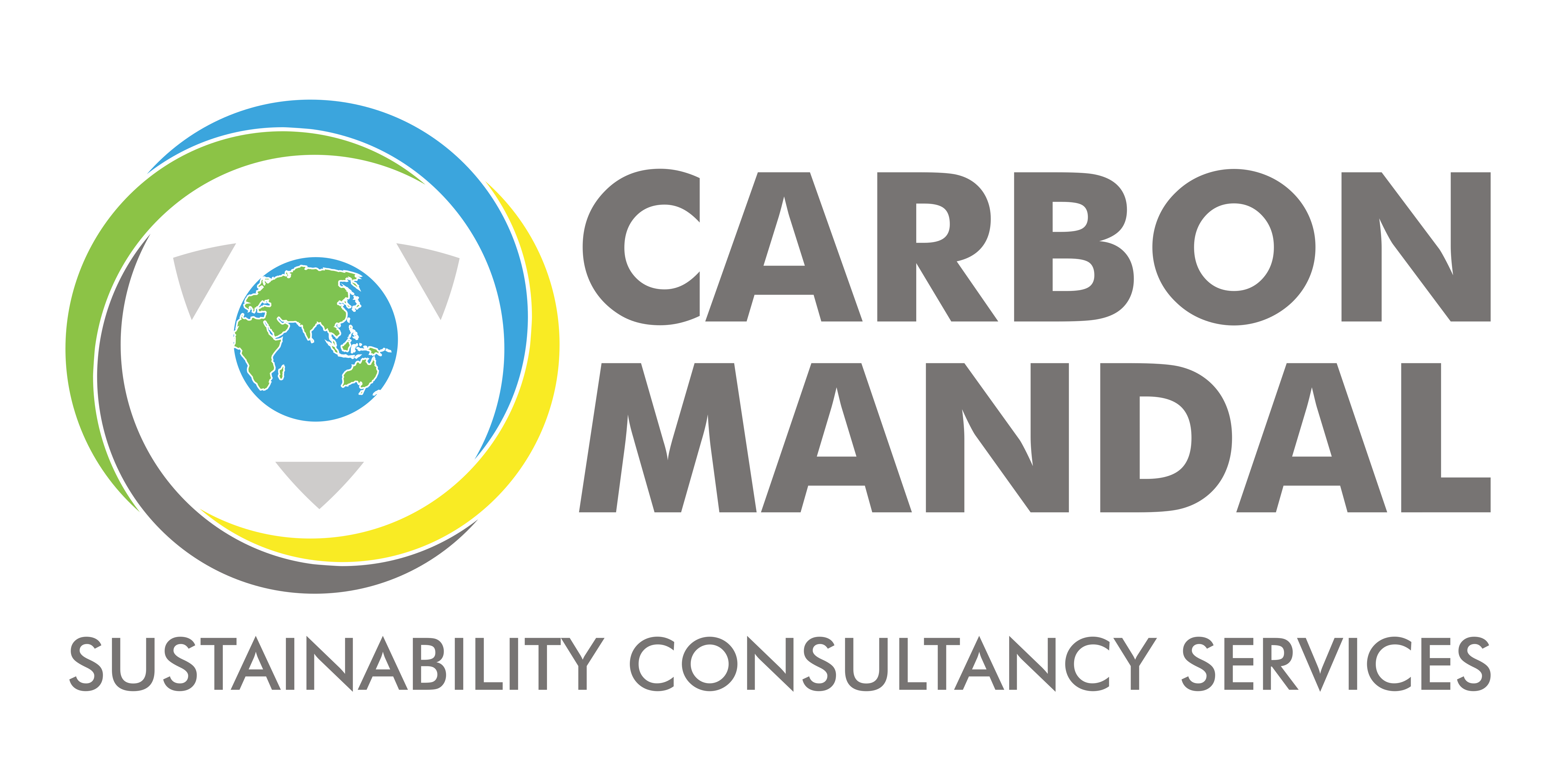Understanding E-Waste Management and Strategies to Transform Waste into Useful Resources
E-Waste Management and its Concepts
E-waste encompasses all discarded items with plugs, cords, or electronic components. Examples include televisions, computers, mobile phones, and various household appliances such as air conditioners and toys. Proper disposal and recycling of e-waste are vital for mitigating environmental harm and recovering valuable materials. When broken or unwanted electronics are dumped in landfills, toxic substances like lead and mercury can leach into the soil and water. [1]
India generates around 2 million tons of e-waste annually, making it the third-largest producer globally. Unlike more developed nations with structured recycling systems, less than 10% of India’s e-waste is formally collected and recycled. The informal sector dominates e-waste handling, often using hazardous methods that damage the environment and human health by contaminating soil and water with heavy metals like lead and mercury. This issue is worsened by inadequate infrastructure and regulatory enforcement. In India, e-waste recycling is mainly managed by the informal sector, where low-income families scavenge waste dumps. Urban middle-class households usually sell their waste to small buyers known as ‘kabadiwalas,’ who then sort and resell the materials to processors. Similarly, e-waste is collected, sorted, repaired, refurbished, and dismantled by urban households. Unlike in developed countries, Indian consumers rarely donate old electronics to formal recycling centers or pay for proper disposal, which significantly contributes to environmental pollution. [2]
India’s Contribution to E-waste and its Harmful Effects
India’s e-waste production surged to 1.601 million metric tons in 2021-22, but only about 0.50 million tons were properly recycled. About 95% of recycling is done by the informal sector, supporting over 1.5 million people but posing significant health and environmental risks. The E-Waste (Management) Rules, introduced in 2016 and updated in 2018, include Extended Producer Responsibility (EPR), aiming to increase formal recycling by 30% annually. However, only 30% of producers comply with these rules. The e-waste challenge has spurred numerous startups, attracting over USD 100 million in investments.
By 2030, India’s urban population is expected to exceed 600 million, with electronic sales growing at over 10% annually in urban areas. With 1.14 billion mobile subscribers, the Digital India initiative is further increasing electronic device usage. The IT and BPM sector is projected to reach over $350 billion by 2025. Major cities like Bengaluru, Mumbai, Pune, and Delhi generate about 25% of the country’s e-waste, driven by IT hubs and smart city projects. Efficient e-waste management systems are crucial to handle this growing volume because they are causing serious impacts presently.[3]
The vast majority of e-waste is either incinerated or deposited in landfills. As urbanization continues to accelerate, these numbers are expected to rise, posing significant health risks to those involved in its management. Addressing these challenges requires effective waste management, promoting sustainable consumption practices, safeguarding environmental health, and ensuring fair and safe working conditions for waste handlers. [4]
Electrical and electronic devices contain toxic substances like mercury, lead, and arsenic, which can release toxins into the environment if not managed properly. Unsafe e-waste practices, including scavenging, landfill dumping, open burning, and acid baths, contaminate air, soil, and water, posing severe health risks to nearby communities. Burning e-waste releases toxic fumes that can travel long distances. Improper disposal allows toxins to seep into soil and water, affecting plant life, crops, and food sources. Exposure to these toxins can cause serious health issues such as organ damage, respiratory problems, immune toxicity, and cancer, impacting both e-waste workers and the wider population.[5], [6], [7]
Initiatives taken by the Government for E-Waste Management in India
In India, innovative technologies are transforming the management and processing of electronic waste.
Automated sorting systems with sensors, conveyor belts, and robotic arms streamline E-waste recycling by efficiently separating plastics, metals, and circuit boards.Techniques like shredding, magnetic separation, and chemical leaching extract valuable metals such as gold, silver, copper, and palladium. Pyrolysis and thermal processing technologies recover energy and materials from non-recyclable components, while hydrometallurgical processes dissolve metals using chemicals like acid leaching. Biodegradable electronics made from materials like bioplastics minimize environmental impact, and innovative methods like 3D printing with recycled materials and upcycling E-waste into valuable products are emerging. Blockchain technology aims to enhance transparency and traceability in the recycling process, ensuring compliance and authenticity of recycled materials. [8]
The Indian government formalized e-waste recycling with the E-Waste (Management) Rules, 2016, mandating authorization for recycling units from State Pollution Control Boards (SPCBs) or Pollution Control Committees (PCCs) and supported by guidelines from the Central Pollution Control Board (CPCB). The Extended Producer Responsibility (EPR) regime requires producers of certain Electrical and Electronic Equipment (EEE) to meet annual e-waste collection targets.
The updated E-Waste (Management) Rules, 2022, effective April 1, 2023, further strengthen the EPR regime by mandating registration on a CPCB portal for manufacturers, refurbishers, and recyclers, and prohibiting transactions with unregistered entities. These rules expand the list of regulated EEE to 106 categories, set recycling targets, and include provisions for managing solar PV modules. They introduce mechanisms for EPR certificates, environmental compensation, and verification processes, overseen by a Steering Committee. Emphasizing worker safety, the rules incorporate initiatives for skill development, monitoring, and compliance, aiming to promote environmental sustainability and responsible e-waste management across India. [9]
Conclusion
In conclusion, effective e-waste management is vital for India’s environmental and economic well-being. Repurposing materials from discarded electronics conserves resources and prevents environmental pollution. Adopting a circular economy, where manufacturers take responsibility for their products’ life cycles, minimizes waste and enhances resource efficiency. Collaboration among manufacturers, recyclers, governments, and consumers is crucial to adopting sustainable e-waste practices and mitigating environmental degradation. Furthermore, responsible e-waste management enhances corporate reputation, builds brand credibility, and attracts environmentally conscious consumers. Additionally, efficient e-waste management practices offer significant cost savings by reducing the need for new equipment and lowering raw material expenses. Embracing these practices not only promotes sustainability but also provides substantial financial benefits for businesses. Reach out to Carbon Mandal for guidance on E-waste management. [10]
List of References
- What is e-waste and what can we do about it? (2020, October 7). Natural History Museum. https://www.nhm.ac.uk/discover/what-is-ewaste-and-what-can-we-do-about-it.html
- India E-Waste Management Market: By Recycler Type (Glass Recycler, Metal Recycler, Plastic Recycler, and PCB Recycler); Source Type (Household Appliances, Washing Machines, Refrigerators, Air Conditioners, Others); Consumer Electronics (Televisions, Computers & IT Devices, Phones, Others); Industrial Equipment, and Others); Application (Disposals (Reuse, Landfill, and Incineration) and Recycled); Material (Ferrous and Non-Ferrous (Copper, Aluminum, Gold, Silver, Cadmium, Others), Plastics, Glass, and Others); States— Market Size, Industry Dynamics, Opportunity Analysis and Forecast for 2024–2032. (n.d.). https://www.astuteanalytica.com/industry-report/india-e-waste-management-market
- India E-Waste Management Market: By Recycler Type (Glass Recycler, Metal Recycler, Plastic Recycler, and PCB Recycler); Source Type (Household Appliances, Washing Machines, Refrigerators, Air Conditioners, Others); Consumer Electronics (Televisions, Computers & IT Devices, Phones, Others); Industrial Equipment, and Others); Application (Disposals (Reuse, Landfill, and Incineration) and Recycled); Material (Ferrous and Non-Ferrous (Copper, Aluminum, Gold, Silver, Cadmium, Others), Plastics, Glass, and Others); States— Market Size, Industry Dynamics, Opportunity Analysis and Forecast for 2024–2032. (n.d.-b). https://www.astuteanalytica.com/industry-report/india-e-waste-management-market
- E-waste: From Toxic to Green | India. (2023). United Nations Climate Change.https://unfccc.int/climate-action/momentum-for-change/lighthouse-activities/e-waste-from-toxic-to-green
- Electronic waste (e-waste). (2023, October 18).https://www.who.int/news-room/fact-sheets/detail/electronic-waste-(e-waste)
- E-waste: From Toxic to Green | India. (2023). United Nations Climate Change.https://unfccc.int/climate-action/momentum-for-change/lighthouse-activities/e-waste-from-toxic-to-green
- Monika, & Kishore, J. (2010). E-waste management: As a challenge to public health in India. Indian Journal of Community Medicine/Indian Journal of Community Medicine, 35(3), 382. https://doi.org/10.4103/0970-0218.69251
- Ecoverva. (2024, May 18). From Trash to Treasure: Exploring E-Waste Recycling Technologies in India. Ecoverva. https://ecoverva.com/from-trash-to-treasure-exploring-e-waste-recycling-technologies-in-india/
- Recycling of e-waste. (n.d.). https://pib.gov.in/PressReleasePage.aspx?PRID=1881761
- The Importance of Responsible E-Waste Management for Businesses – GreenTek Reman. (2023, June 21). GreenTek Reman. https://greentekreman.com/2023/06/21/the-importance-of-e-waste-management-for-businesses/


Add a Comment
Your email address will not be published. Required fields are marked *